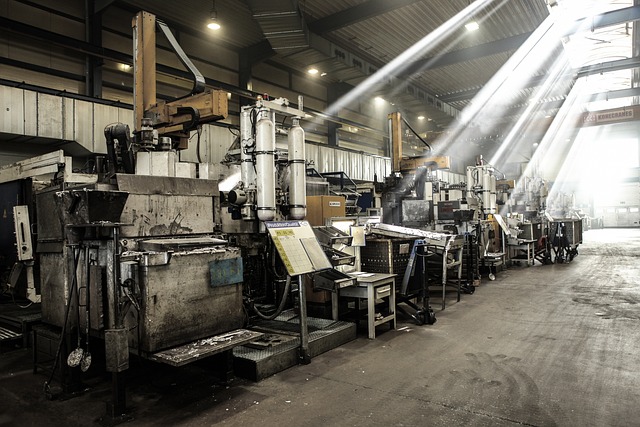Table of Contents
The evolution of industrial machinery, from steam-powered 18th-century inventions to silicon-driven technologies, has significantly impacted the operations and success of industries.
The Birth of Steam Power
The Industrial Revolution, starting in the late 18th century, saw the invention of steam engines by James Watt, which replaced human and animal labor in various processes. This revolution led to increased production rates and reduced costs, enabling faster and cheaper manufacturing in industries like textiles, mining, and transportation. The steam engine became a symbol of human innovation and technology&8217;s ability to redefine industries.
Electrification and Automation
In the late 19th and early 20th centuries, electrification transformed industrial machinery, with Nikola Tesla&8217;s AC systems enabling widespread transmission. Factories transitioned from steam to electric power, making machinery cleaner, more efficient, and easier to control. Automated systems, including programmable logic controllers, evolved from simple repeaters and relays to more complex systems, enhancing productivity, safety, and reliability in industrial operations.
The Digital Revolution
The latter part of the 20th century ushered in the digital revolution. The invention of microprocessors and the development of software transformed industrial machinery yet again. Machines could now perform complex calculations, process large amounts of data, and execute intricate tasks autonomously. The integration of computer-aided design (CAD) and computer-aided manufacturing (CAM) systems streamlined production processes, improving accuracy and efficiency. Furthermore, the advent of robotics incorporated into manufacturing lines replaced repetitive manual tasks, significantly boosting productivity and consistency. The digital revolution enabled sophisticated data analysis, allowing industries to fine-tune operations and foresee issues before they became problematic, thus maintaining smooth and continuous production cycles.
The Influence of Silicon Technology
Silicon technology has been at the heart of recent advancements in industrial machinery. The development of semiconductors and integrated circuits has led to powerful, compact, and energy-efficient electronic devices. This has propelled innovations in industrial automation, from advanced robotics to smart sensors and IoT (Internet of Things) devices. Factories today are equipped with intelligent machines that can communicate with each other and make decisions autonomously. Predictive maintenance, powered by AI and machine learning algorithms, anticipates machinery failures before they happen, reducing downtime and maintenance costs significantly. Duos like Siemens&8217; MindSphere and General Electric&8217;s Predix platforms utilize big data to optimize industrial processes. The influence of silicon has enabled unprecedented levels of precision, efficiency, and connectivity in manufacturing.
The Future: Industry 4.0
The concept of Industry 4.0 envisions fully interconnected and intelligent industrial environments. It combines advancements in artificial intelligence, IoT, big data analytics, and automation to create smart factories. In these factories, machinery, and systems are interconnected and can autonomously exchange information, self-optimize, and adapt to new conditions almost in real-time. Technologies like 5G will provide faster and more reliable communication, facilitating seamless integration of devices and systems. Augmented reality (AR) and virtual reality (VR) will enhance training and maintenance processes. Blockchain technology could ensure transparency and security in supply chains. The evolution towards Industry 4.0 promises to create more efficient, agile, and sustainable industrial operations, driving further economic growth and innovation.
Conclusion
From steam to silicon, the transformation of industrial machinery has been a journey of remarkable innovation and ingenuity. Each phase of this evolution brought about significant advancements that reshaped industries and economies. Steam engines laid the foundation for mass production, while electrification and automation introduced precision and efficiency. The digital revolution and silicon technology further advanced these capabilities, leading to the interconnected, intelligent systems we witness today. As we stand on the brink of Industry 4.0, the fusion of AI, IoT, and advanced data analytics heralds a new era of smart manufacturing. This continuous evolution underscores the importance of embracing technological advancements to drive industrial progress and sustainability. As industries adapt to these changes, they not only enhance their operational capabilities but also contribute to the broader goals of economic development and environmental stewardship. The journey of industrial machinery evolution is far from over, with each innovation paving the way for a more efficient, interconnected, and intelligent future.


